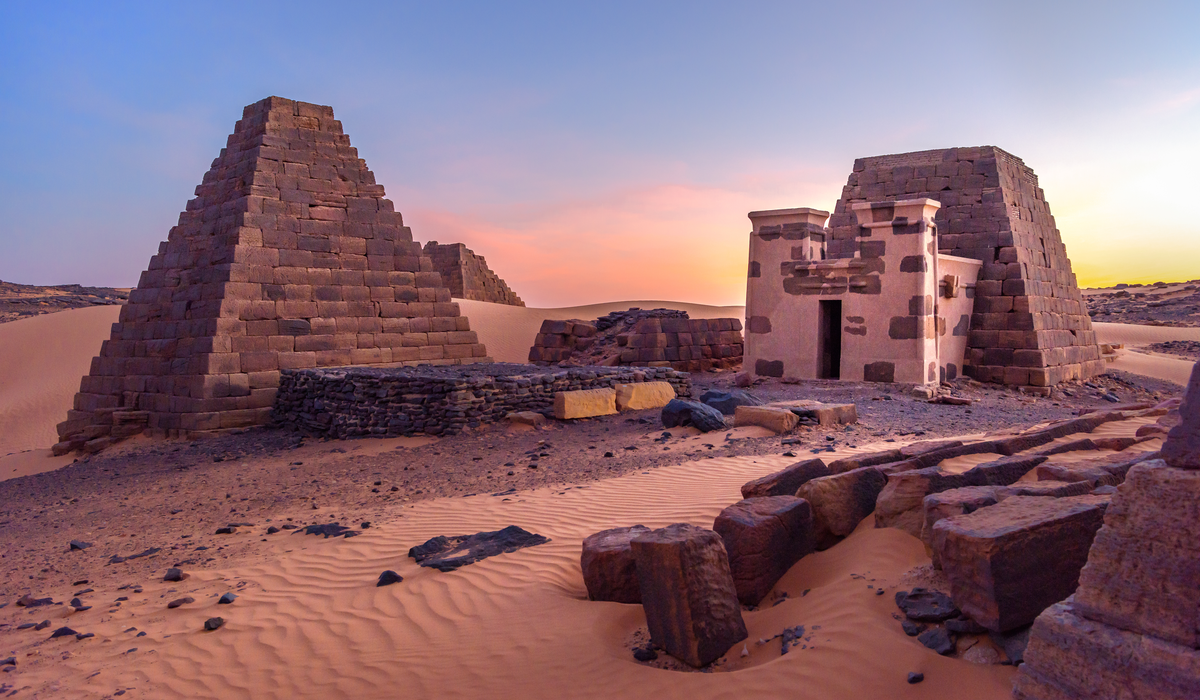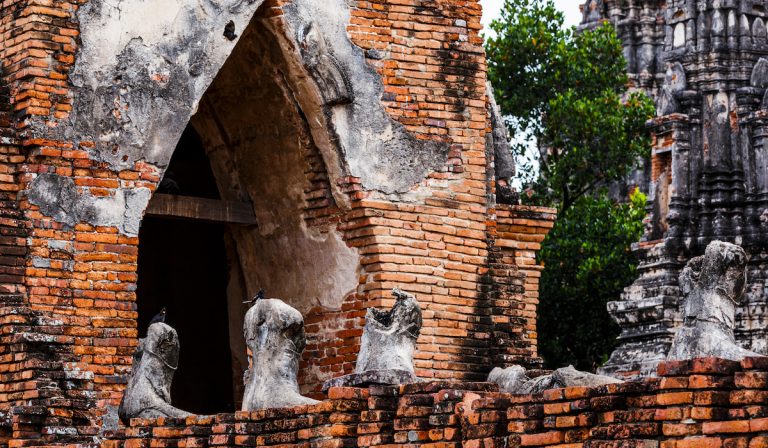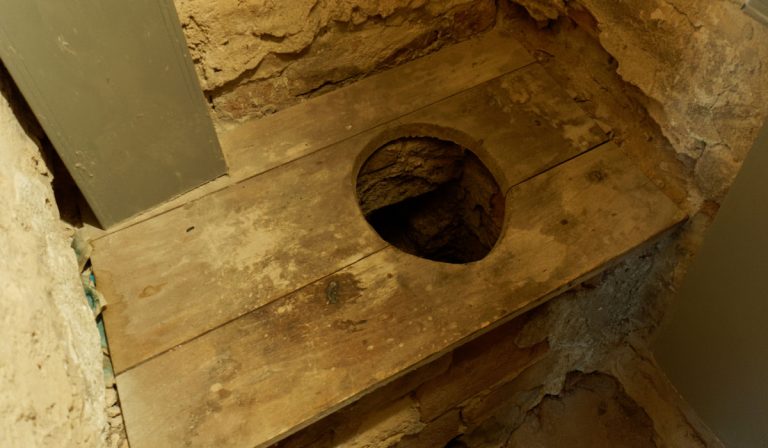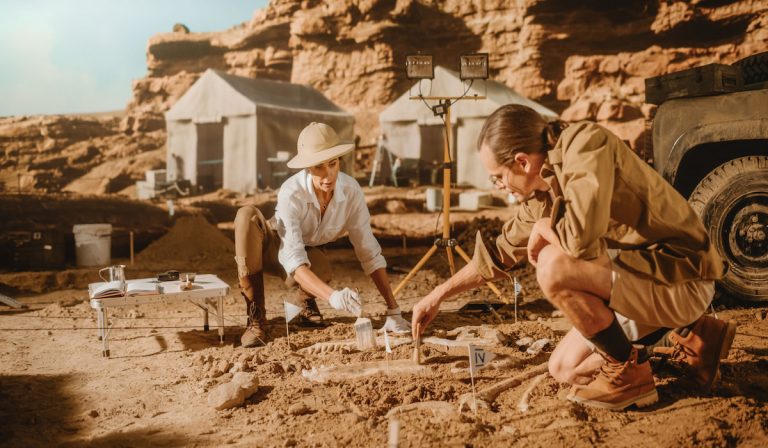14 Interesting Sudan Pyramids Facts You Should Know
When people talk about pyramids, they usually refer to the Egyptian pyramids. But there are other non-Egyptian pyramids worthy of note – such as the Sudan pyramids.
The Sudan pyramids also go by the name Nubian pyramids. They belonged to the Kingdom of Kush – one of the most powerful ancient African kingdoms.
The Kingdom of Kush occupied an area around the valley of the Nile river. The initial name of this area is unclear. However, with time, the people started calling it Nubia. Hence, the name Nubian pyramids. As you may have guessed, the Kingdom of Kush corresponds to modern-day Sudan. This is why the pyramids also go by the name Sudan pyramids.
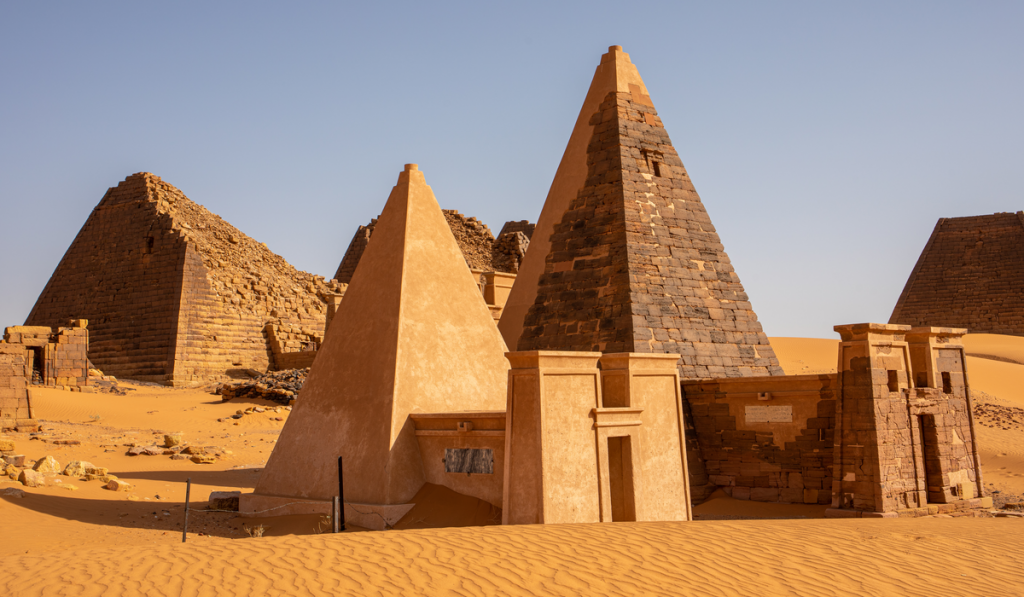
Apart from the ones we have already stated, the following are 14 interesting Sudan pyramid facts you should know.
The Pyramids Were Not Built at the Same Time
The Kingdom of Kush did not construct all the Sudan pyramids at once. The pyramids were built in different periods, and according to some estimations, the intervals were around hundreds of years.
The Primary Purpose of the Sudan Pyramids
Like the Egyptian pyramids, the Sudan pyramids were primarily built as tombs for the kings and queens of the Kingdom of Kush.
The Sudan Pyramids Are in Two Main Locations
The locations of the Nubian pyramids are Napata and Meroe. These two places were the second and third capitals of the Kingdom of Kush.
Napata was the capital from around 1,000 B.C. to 300 B.C. Meroe, on the other hand, was the capital from 300 B.C. to 300 A.D.
The timeline when these two places were the capital city further confirms the notion of the Kushites building the pyramids hundreds of years apart.
You will find the Nubian pyramids of Meroe in the Sudan desert. To get to the desert, you will have to travel around 200 kilometers (125 miles) north of Khartoum – the current capital of Sudan.

Most of the Sudan Pyramids Are in Meroe
Meroe has the highest number of Nubian pyramids. The Kingdom of Kush buried over 40 of its queens and kings here. So, the higher density of Sudan pyramids in Meroe is plausible.
The Sudan Pyramids Are Structurally Different From the Egyptian Pyramids
The construction style of the Sudanese pyramids differs from the Egyptian pyramids.
For one, the Egyptian pyramids have a pyramidion (small pyramid) at the top. However, Sudan’s pyramids do not have that.
Apart from the absence of a pyramidion, the symmetry of the Sudanese pyramids and Egyptian pyramids differ. The Sudan pyramids have a steeper slope – much like the chapel pyramids at Deir el-Medina.
Due to their steepness, the people laid the stones of the Nubian pyramids with a “shaft” (a machine that lifted heavy stones). But for the Egyptian pyramids, the laborers had to haul the blocks to the pyramid and set them in place.
Another difference between the Sudan pyramids and Egyptian pyramids is their bases. Sudan pyramids have smaller bases than their Egyptian counterparts.
The Average Sudan Pyramid Is Shorter Than the Average Egyptian Pyramid
One of the most evident structural differences between Sudanese and Egyptian pyramids is their height. Egyptian pyramids are generally taller than Nubian pyramids.
On average, the Egyptian pyramids are 453 feet tall. Conversely, the average Sudanese pyramid is 20 feet to 98 feet tall.
There Are More Pyramids in Sudan than in Egypt
There are more Nubian pyramids than Egyptian pyramids.
While Egypt has just over 100 pyramids, Sudan has over 200 pyramids.
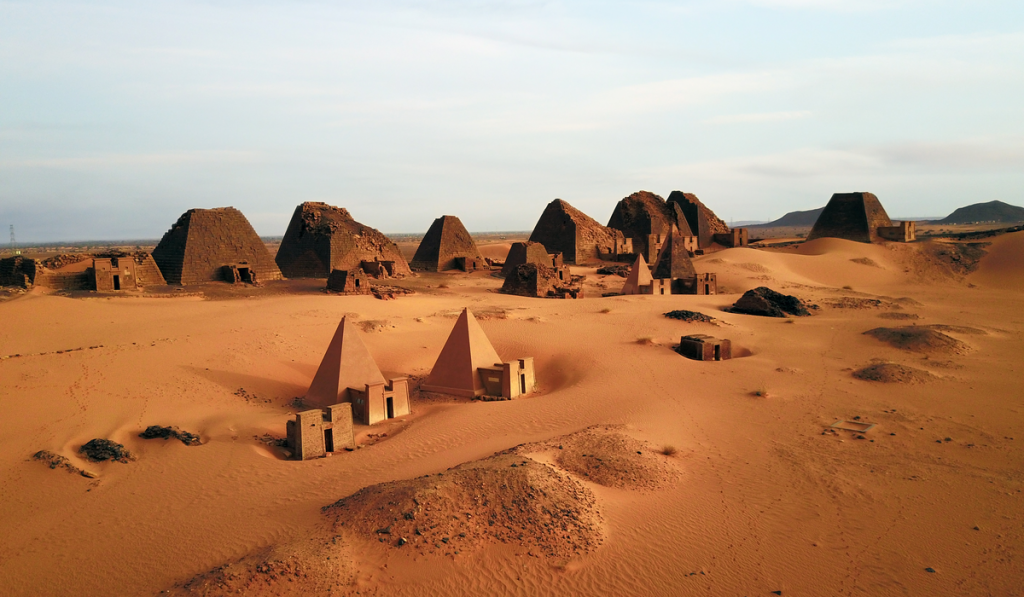
The Sudanese Pyramids Are Over 2,000 Years Old
The Nubian pyramids are around 2,300 years to 2,700 years old. Going by this, they should be younger than the Egyptian pyramids, which are about 4,500 years old.
However, in 2017, the Sudanese Minister of Information claimed that the Sudan pyramids were older than the Egyptian pyramids. Of course, available pieces of evidence prove otherwise.
The use of shafts (the machines to lift rocks with) when the people of Kush constructed their pyramids hints at the relative age of both sets of pyramids. Since the Sudan pyramids came later than the Egyptian pyramids, it makes sense that they would have had a tool that made pyramid construction easier.
The Pyramids Used to Contain Precious Items
Like the Egyptian pyramids, the tombs attached to the Nubian pyramids contained various precious items. More specifically, they had gold and silver.
Unsurprisingly, many of the Sudan pyramids came crashing down when people excavated them in search of precious items.
Many Pyramids Were Damaged by Giuseppe Ferlini
Giuseppe Ferlini was one of many excavators who demolished parts of the Meroe pyramids in search of precious items.
After damaging the pyramids and stealing the treasure, the Italian soldier turned treasure hunter tried selling them in his home nation. However, people were skeptical; they thought such high-quality jewels could not come from Africa.
Today, many of the precious items carted away by Giuseppe Ferlini are in Egyptian-themed museums in Germany.
The Sudan Pyramids Are a Tourist Attraction
As expected for a structural wonder, the Nubian pyramids are one of the top tourist attractions in Sudan. During Sudan’s tourism peak, the pyramids received around 150,000 visitors yearly.
However, the number of yearly visitors dropped following multiple economic sanctions due to the country’s civil war and other conflicts.
Currently, the Sudan pyramids receive around 15,000 visitors per year.
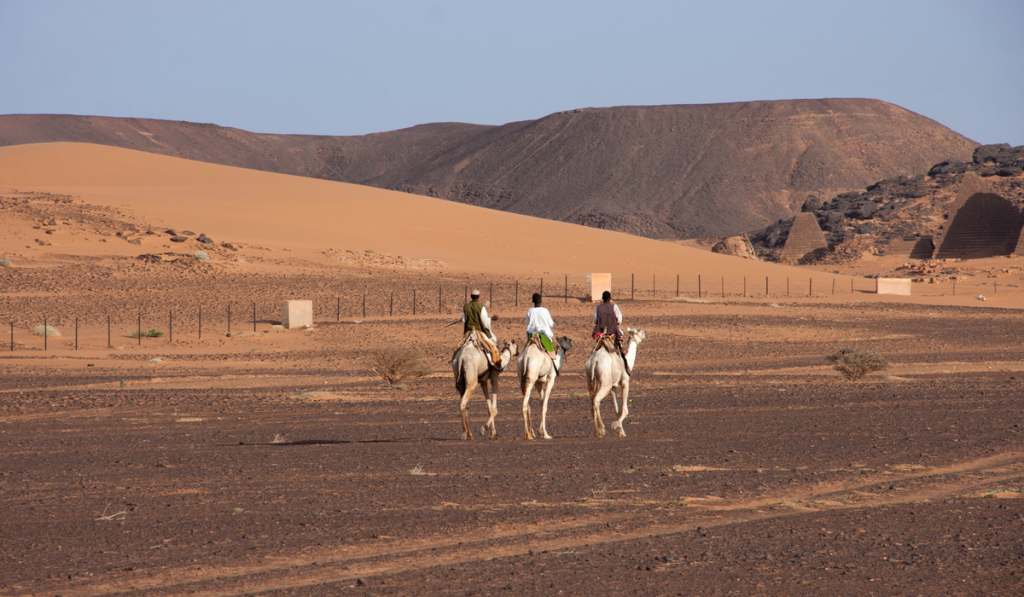
The Inspiration for the Sudan Pyramids
As expected, the inspiration for the Sudan pyramids came from Egypt. But besides their Egyptian neighbors, the Kushites got some inspiration from the ancient Romans and Greeks.
The Interior and Exterior of the Pyramids Give Some Insight Into Nubian Culture
The interior decorations of the Nubian pyramids give some insight into Nubian culture. For instance, the decorations in some Sudan pyramids depict how their pharaohs were mummified like the Egyptians were.
The Sudan Pyramids Are Pyramids of Granite and Sandstone
The Kushites constructed the Nubian pyramids with granite and sandstone. This is unlike the Egyptians – who built theirs primarily with limestone.
Resources
- https://www.worldhistory.org/Kush/
- https://historyofyesterday.com/facts-about-the-pyramids-in-sudan-nubian-pyramids-of-the-kingdom-of-kush-87a89934b685
- https://www.theatlantic.com/photo/2015/05/the-forgotten-pyramids-of-meroe/392312/
- https://www.corinthia.com/khartoum/discover-khartoum/discovering-sudan-s-ancient-pyramids/
- https://egyptindependent.com/sudan-claims-their-pyramids-are-2000-years-older-egypt-s/
- https://www.quora.com/Are-the-Sudanese-pyramids-older-than-the-Egyptian-Pyramids
- https://www.nationalgeographic.com/history/article/giza-pyramids
- https://www.sciencealert.com/sorry-egypt-but-sudan-is-the-pyramid-capital-of-the-world
- https://science.howstuffworks.com/engineering/structural/pyramid4.htm
- https://intro.africa/story/the-nubian-pyramids-of-sudan/

